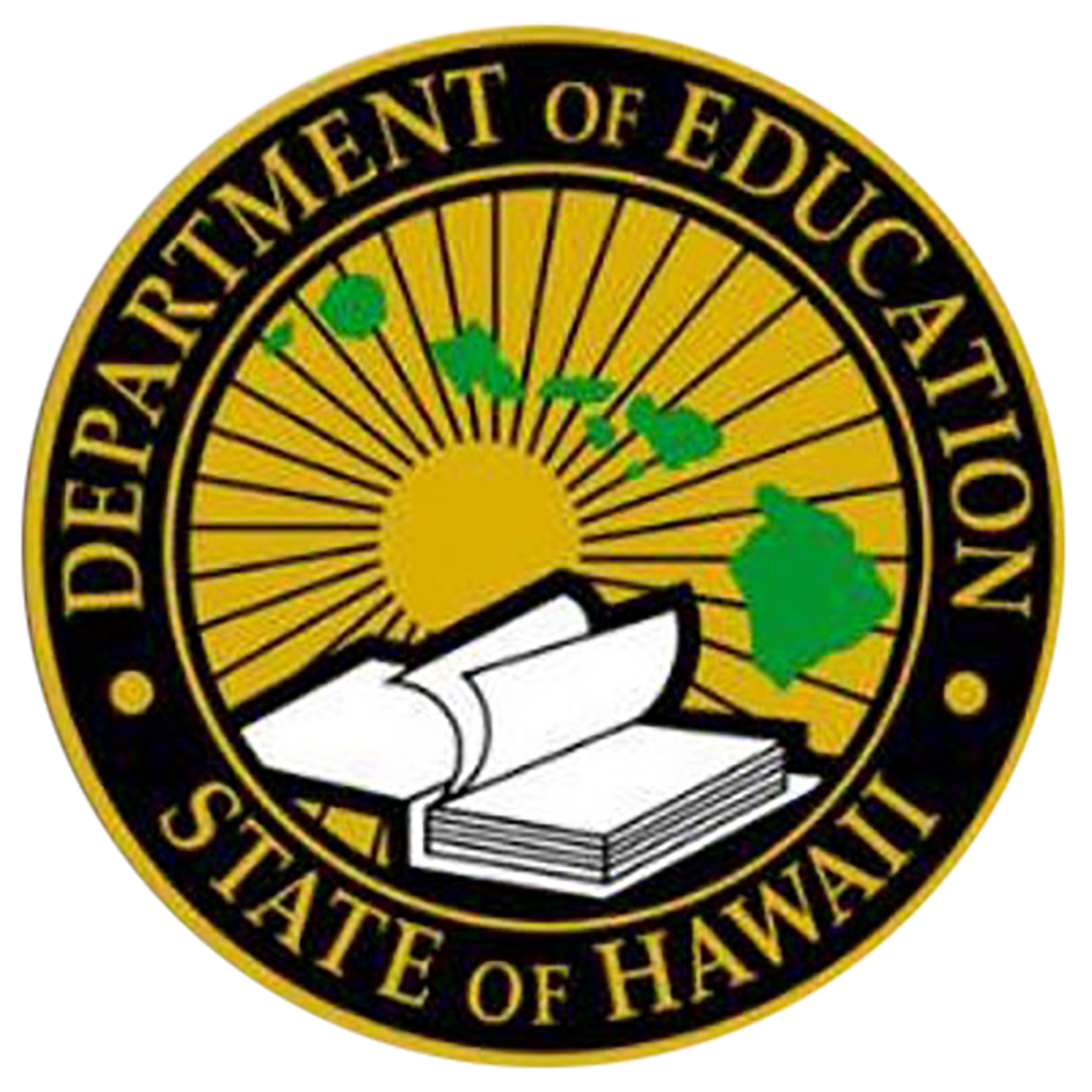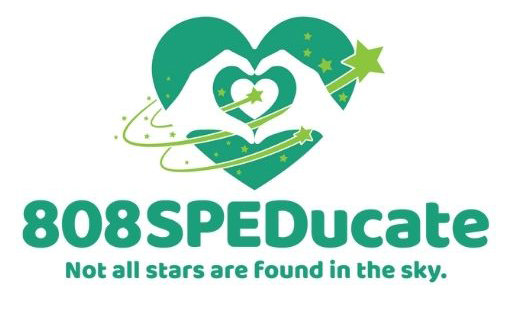How to Become a Special Education Teacher in Hawai‘i
The great news is that there is a pathway for everyone! The bad news is that there are so many pathways and options that it can get overwhelming to figure out where to begin. This website is aimed to provide you with the tips and tools needed to determine the best path that fits your own situation and interests.
Overview of Teaching Pathway
Watch this video for a general overview of the pathway to becoming a teacher in Hawai‘i.
Schedule a Virtual Appointment
If you prefer to meet with someone to discuss your situation, schedule an appointment with UH Mānoa's SPED Recruitment Specialist.
STEP 1: Find a Program that is the Best Fit for You
Choosing a Licensure Program
The first thing to know is that to become a licensed teacher, you need to complete a State Approved Teacher Education Program (SATEP). This means it's a program that is specifically designed for teacher licensure and has been approved by the Hawaii Teacher Standards Board. Not all programs within 'education' are SATEP programs.
To narrow down your SATEP program options, you'll want to consider the following:
1. Current Level of Education
In the state of Hawai‘i, all teachers need a bachelor's degree or higher. Therefore, you can narrow down your program options based on your current level of education:
High School Diploma or Associate Degree
If you do not yet have a bachelor's degree, then the recommendation would be to pursue a Bachelor of Education (B.Ed.), which is a 2-for-1 program that allows you to earn your bachelor's degree and teaching certification in the same program. Two of our B.Ed. programs offer dual licensure in both general and special education.
Bachelor, Master, or Doctoral Degree
If you already have a degree in another field, then you have a choice: (a) Post Baccalaureate Certificates or (b) Master's of Education in Teaching. The certificate is shorter in duration and designed for licensure in special education only, whereas the master's degree is a 3-for-1 option to earn a master's degree and dual licensure in general and special education.
2. Additional Considerations
There are other variables to consider when choosing the best program, however, these decisions are based more on certain priorities and interests you may have. You'll want to consider the following factors when choosing a program.
Program FOrmat
Program format impacts how you will be experiencing and participating in the program. At UH-Mānoa we offer the following program formats:
- Face-to-Face: Program is offered by taking courses on the UH-Mānoa campus during the day
- Statewide: Hybrid program delivery that uses almost all online coursework in the early evenings (4:30pm–7:00pm HST) and a few face-to-face weekends each semester. Those living on neighboring islands travel to Oahu and receive a travel reimbursement stipend.
Our statewide programs are often a priority for those living on neighboring islands and/or those who are working full-time in school settings during the day. All of our sped licensure programs are offered in the statewide format, except for our B.Ed. in Elementary + Special Education which is our only face-to-face program option.
SPED Specialization
The field of special education is very broad, with teachers working with a diverse group of students and disability types.
Almost all special education licensure programs in the state offer a generalized special education mild/moderate license, which is designed to support the largest population of students receiving special education services, often identified as having learning disabilities.
At UH Mānoa, we also offer two program options that allow our teacher candidates to receive specialized training to teach students with more extensive support needs:
- B.Ed. in Special Education, PK–12 Severe/Autism Track Option
- Post Baccalaureate Certificate in Special Education, Severe/Autism Track Option
Age Level
Almost all of our licensure programs in special education will be designed for a specific age-level group of licensure. The following age-levels are offered:
- Early Childhood (PK–3): For those most interested in preschool up to grade 3.
- Elementary (K–6): For those interested in teaching in elementary schools
- Secondary (6–12): For those interested in teaching in middle or high schools
The Post Bac Certificate program is the only option that allows you to choose which age-level you would like to be licensed in. Our Bachelor's of Education in Special Education is the only program with a PK–12 licensure option for those interested in teaching students with severe disabilities and autism.
Employment
We understand that many of our candidates need to work while pursuing their education to become a teacher. Fortunately, our statewide program options are designed to possibly accommodate those who already employed full-time in school settings, or those who are working part-time in other fields.
The most common employment options for our enrolled candidates are as classroom educational assistants. In addition, those who already have bachelor's degrees may be employed as the special education teacher (emergency hire) and can often use their own classroom to complete their fieldwork and student teaching requirements of the program.
All candidates looking to use their current positions to fulfill fieldwork and student teaching requirements would need to receive program approval and are done on a case-by-case basis. Please reach out to the program coordinators for more information.
Licensure Programs in Special Education
Bachelor’s Degree with 2 teaching licenses at early childhood (PK–3) level — Statewide
Bachelor’s Degree with 2 teaching licenses at elementary (K–6) level — O‘ahu only
Bachelor's Degree with license in Secondary SPED or PreK–12 Severe/Autism — Statewide
Special Education Funding Incentives
Funding for Tuition
There is a teacher shortage in special education across the nation. Therefore, there are both federal and local funding incentives to support those interested in becoming special education teachers.
Federal Funding Opportunities:
- TEACH Grant ($8,000)
- Federal Teacher Loan Forgiveness (up to $17,500)
State Funding Opportunities:
- HIDOE Special Education Stipend (31–60 credits of tuition)
Eligibility and total amount of funding vary depending on the program you select, so please refer to each program's website to determine which of these funding opportunities would be provided. Funding is provided in return for a service obligation teaching special education in public schools.
Funding for Teaching
Since 2019, Hawai‘i has provided pay differentials to the highest-need shortage areas in the state. These differentials are provided to those who teach special education or Hawaiian Immersion and then there are also differentials for those who are teaching in more rural/remote hard-to-fill geographic areas. For the 2022–2023 SY, the following differentials are provided:
- Special Education ($10,000)
- Hawaiian Language Immersion ($8,000)
- Hard-to-Staff Locations ($3,000–$8,000)
STEP 2: Get Your Teaching License from HTSB

All teacher licenses in the state of Hawai‘i are provided and managed by the Hawai‘Teacher Standards Board (HTSB). In the final semester of our UH Mānoa licensure programs, HTSB comes and provides a seminar to support our graduating candidates in learning about how to apply for their license and support with next steps. HTSB also supports teachers who are licensed in other states and can process "add-a-field" licenses for teachers who qualify to add additional areas of licensure to their teaching license.
STEP 3: Seek a Teaching Position

As the largest producer of new teachers for the state each year, the University of Hawai‘i at Mānoa has a strong and longstanding partnership with our Hawai‘i Department of Education (HIDOE). Therefore, in the final semester of our licensure programs, the HIDOE also comes and provides a seminar to support our graduating candidates in learning about how to apply for their teaching position and support with next steps.
STEP 4: Enjoy Your Teaching Career!
Being a special education teacher is challenging, yet extremely rewarding. Hear tips and tricks from our SPEDucator Project collective to those new or thinking about this profession!

Stay connected! Join the 808SPEDucate community so you can have a group of people to support you and celebrate with you along the way! This community is open to anyone and everyone interested in supporting individuals with disabilities!
